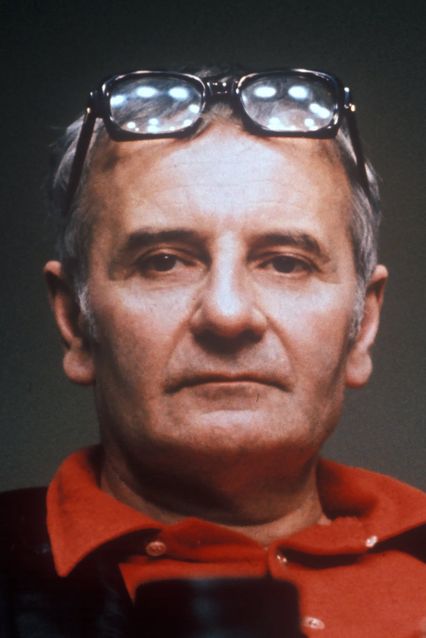"In many ways O Dreamland is the placenta of Free Cinema. In twelve minutes it manages to raise all the questions that were to become central to the movement and to make one think about all the movement's ambiguities. In certain respects, it is a painful film for most of all, its director. It is a bitter look at popular entertainment and maybe at all popular culture in a nutshell. But it's impossible to understand the film without taking into account the stance Anderson assumes. It is all inside. This is the same as in Thursday's Children. Only at the beginning does the director offer a look outside. In the first shot, there is a man (the chauffeur?) cleaning a Bentley. The camera pans from the car to the crowd that is moving to the entrance of the amusement park. From here on the film neither moralizes nor judges. It becomes a descent into the underground in which the director's eye identifies on purpose with the eye of the spectator inside the film. It's not an attitude question, but one of the materials used, because O Dreamland is certainly not an objective film. But the subjectivity lies entirely in the choice of the field of vision (in the decision of who and what to shoot), not in any moral cooked up afterwards.
The film's only 'ideological' choice is the shot passing from the Bentley's chauffeur to the entrance of the fair. This image alone is enough to tell us that we have left the highclass neighborhood and that we're walking towards the people, the working class. And to show how this class of people has fun (at least at Margate, if not everywhere) could be a way to understand them. So take a look at the 'amusements': sex, blood, violence, imprisoned animals, and tableaux vivants that show tortures and hangings. The voice of a barker recites: 'This is history portrayed by lifesize models. Your children will love it'. And maybe isn't history portrayed in lifesize models a perfect metaphor for the cinema? ..." (Alberto Crespi, Lindsay Anderson, Firenze, La Nuova Italia, 1988, pp. 3233)
Biography
film director

Lindsay Anderson
Lindsay Anderson (Bangalore, India, 1923 - Angoulême, France, 1994) graduated in 1948 from Oxford, where he was captivated by theater. He was one of the first collaborators of the magazine “Sequence” and the founder along with Karel Reisz and Tony Richardson of Free Cinema. He directed several short films, like O Dreamland and Every Day Except Christmas, and his debut feature film was This Sporting Life (1963). In 1968 he made If…, which won the Golden Palm at Cannes, and then dedicated himself primarily to theater and television. He later directed films such as O Lucky Man! (1973), Britannia Hospital (1982) and, in 1986, The Whales of August, the last film he directed for cinema.
FILMOGRAFIA
Meet the Pioneers (mm, doc., 1948), Three Installations (cm, doc., 1952), O Dreamland (cm, doc., 1953), Thursday’s Children (cm, doc., 1954), £20 a Ton (cm, doc., 1955), A Hundred Thousand Children (cm, doc., 1955), Every Day Except Christmas (mm, doc., 1957), This Sporting Life (Io sono un campione, 1963), The White Bus (mm, 1967), If... (Se..., 1968), O Lucky Man! (id., 1973), In Celebration (Celebrazione, 1975), Look Back in Anger (1980), Britannia Hospital (id., 1982), The Whales of August (Le balene d’agosto, 1987), Glory! Glory! (tv, 1989), Is That All There Is? (mm, tv, 1993).
Cast
& Credits
Fotografia e aiutoregia: John Fletcher
Production company: Lindsay Anderson per la Sequence Films.
